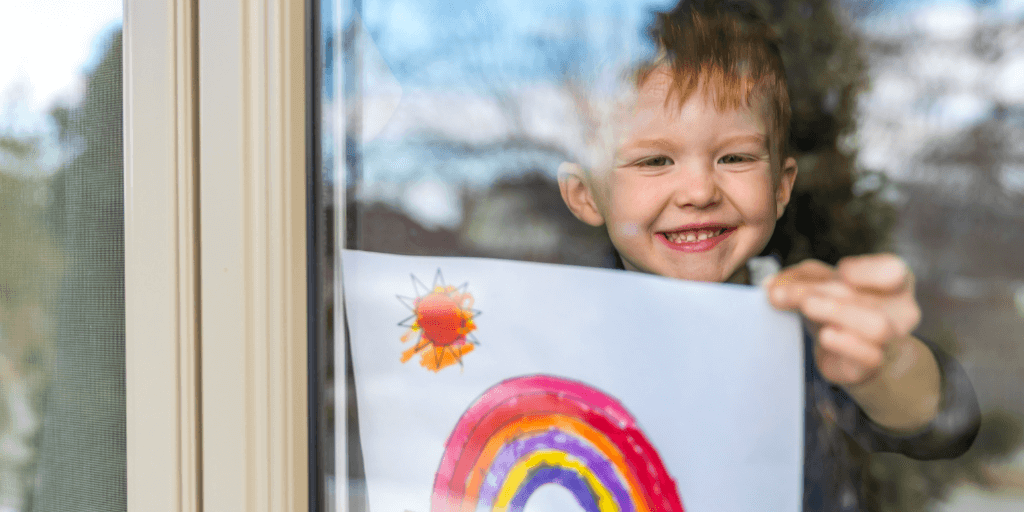
Safeguarding vs. child protection
What is child safeguarding?
All children, regardless of their age, gender, ability, race, or sexual orientation, have the right to be safe and feel safe. Organisations whose work impacts children and young people have a responsibility to ensure children and young people are protected from harm.
This involves the active implementation of child safeguarding mechanisms to ensure organisations are safe and free of abuse, neglect and exploitation.
Setting up and following good safeguarding policies and procedures means that organisations can more effectively prevent harm to children and young people, are more alert to signs of risk, and respond more effectively should harm occur.
What does safeguarding mean?
Child safeguarding refers to the responsibility of all organisations to ensure that their representatives, operations, and activities do not harm children and young people.
Safeguarding is an organisation or group’s action to promote the welfare of children who spend time, participate in or are impacted by their organisation or group and protect them from harm. This is an obligation of all organisations or groups who interact with children and young people, whether directly or indirectly.
Safeguarding actions include those that the organisation or group takes to:
- Build and maintain an open and aware child-safeguarding culture and environment.
- Protect children from abuse and neglect.
- Prevent harm to children’s health and wellbeing.
- Ensure children have a voice in decisions that affect them.
- Empower children to reach their full potential.
- Actively promote the inclusion and participation of children.
- Ensure representatives have the knowledge, skills and support to identify and respond to concerns, complaints, and incidents and build a child-safe culture and environment.
- Develop, promote and maintain strong reporting and complaints management systems.
- Develop, promote and maintain strong risk management systems that identify risks to children.
- Develop, promote and maintain strong reporting processes that identify how representatives report both safeguarding and protection concerns internally and to external authorities.
What are some examples of safeguarding measures?
Developing effective safeguarding policies, procedures and systems
To ensure an organisation and the work that it produces are safe for children and young people, there must be effective, well-understood, widely accessible and regularly reviewed policies, procedures and systems. Policies and procedures should be produced so that children, young people and their families can easily understand an organisation’s approach to safeguarding.
Undertaking a child safety review
A child safety review is a good way to identify what you are already doing well, expose any potential gaps in child safeguarding, and establish a baseline against which you can measure future progress.
Creating opportunities for children and young people to participate and provide feedback
Research shows that children experience safety differently from adults. Children are more likely to feel valued and speak up in environments where they are empowered and taken seriously.
Building child-safe capacity in staff, volunteers and leadership teams
Provide appropriate training and coaching to ensure leaders, staff, and volunteers have the knowledge, skills and confidence to develop and implement a child safeguarding framework, ensure relevant legislation and principles are met, and respond effectively to any issues that may arise.
Who is responsible for safeguarding children?
Safeguarding children is everyone’s responsibility. Building and maintaining a child-safe environment and culture is an ongoing process, one that all staff, volunteers and leaders must contribute to, from boardroom to basement.
A concerted focus by organisations and groups whose work impacts children and young people is necessary to ensure their safety and wellbeing.
This includes, but is not limited to:
- Schools
- Childcare centres and early childhood services
- Out-of-home care services
- Hospitals and other health services
- Local government
- Youth justice and corrective services
- Churches and other religious organisations
- Sports clubs and recreation services
- Charities and other not-for-profit organisations
- Coaching and tuition services
- Gyms and entertainment facilities
- Youth organisations
- Disability service providers
- Social media companies
- Corporate services
- Retail outlets
- Hospitality venues
- Employment services
- Art and cultural organisations
What is the difference between child safeguarding and child protection?
Child protection is part of the safeguarding process. It focuses on protecting individual children identified as suffering or likely to suffer significant harm. This includes child protection procedures which detail how to respond to concerns about a child.
Child safeguarding refers to the broad range of actions organisations must take to promote the safety and wellbeing of children, as well as prevent harm. Effective child safeguarding must be embedded in the interactions that children have with an organisation or group. Safeguarding policy and procedure must also specify requirements for how organisational representatives respond to risk and harm, including abuse or harm that has been experienced by a child or young person outside the organisation.
Learn more about our Safeguarding Children Services
Our Safeguarding Children Services provide a comprehensive framework designed to support organisations in creating and maintaining safe environments for children and young people. Through a suite of tools, training, review and assessment processes, your organisation will be empowered to build an organisational safeguarding culture, strengthen child-safe policies, increase staff awareness, meet legislative compliance requirements, and implement best practices in safeguarding children and young people.
